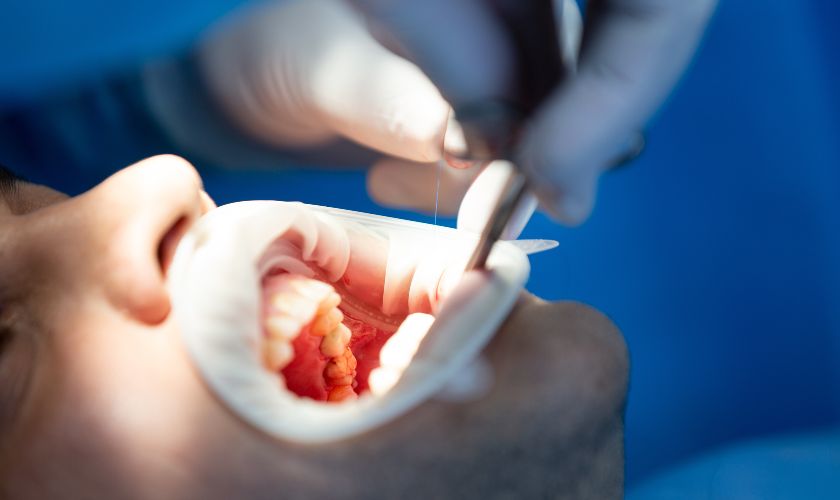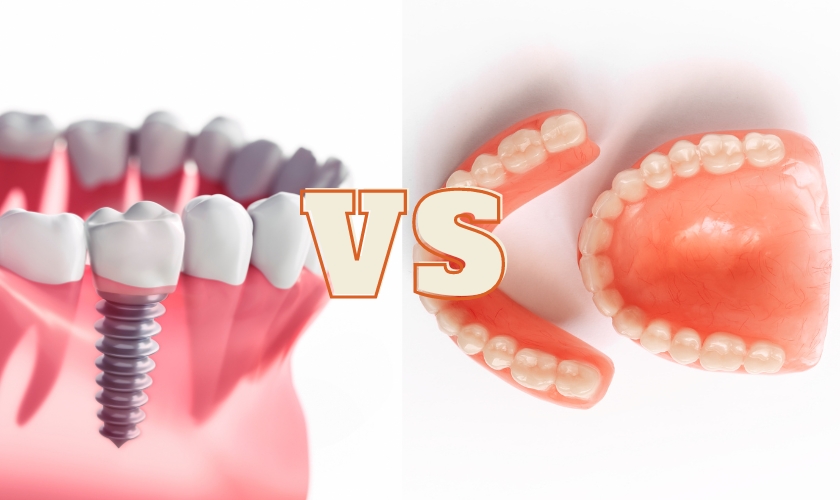
Fixed Bridges: A Comprehensive Guide To Their Benefits And Usage
If you’re missing one or more teeth, then chances are you’ve been searching for the perfect solution. The good news is that dental bridges can help restore your smile and confidence! Fixed dental bridges are a popular option because they offer a permanent replacement that looks natural and feels comfortable in your mouth. In this comprehensive guide, we’ll dive into everything you need to know about fixed dental bridges, including their benefits and usage. So let’s get started!
What Is A Fixed Dental Bridge?
A Fixed Dental Bridge is a restorative dental appliance that bridges the gap created by one or more missing teeth. It consists of two crowns placed on the healthy adjacent teeth, known as abutment teeth, and a false tooth in between them called a pontic.
The purpose of this fixed device is to restore proper functioning to your mouth while also improving its appearance. Fixed dental bridges are made from high-quality materials such as porcelain, ceramic, and metal alloys that mimic natural teeth’s color and texture.
This type of bridge can be used for patients with one or several missing teeth who want an alternative to removable dentures. They provide stability compared to removable appliances since they’re cemented into place permanently.
Fixed dental bridges come in different types: Traditional Bridges, Cantilever Bridges, Maryland Bridges, and Implant-Supported Bridges. Each has its unique design depending on the patient’s needs.
Fixed dental bridges offer many benefits such as restoring your smile and bite functionality while preventing bone loss caused by missing teeth over time.
The Different Types Of Fixed Dental Bridges
When it comes to fixed dental bridges, there are different types available depending on your needs. One of the most common types is the traditional bridge which involves creating a crown for the teeth on either side of the gap and placing a false tooth in between them.
Another type of fixed dental bridge is the cantilever bridge which is used when only one adjacent tooth exists next to the missing tooth. This type of bridge can be less stable and durable compared to other options.
Maryland bonded bridges have wings on each side that are bonded to existing teeth rather than using crowns. This option is more conservative as it doesn’t require filing down neighboring teeth but may not be suitable for everyone due to its limitations.
Implant-supported bridges involve surgically placing implants into your jawbone where they fuse with your bone over time, providing strong support for replacement teeth.
It’s important to consult with your dentist about which type of fixed dental bridge would best suit your circumstances and budget.
How Are Dental Bridges Made?
Fixed dental bridges are a great option for people who have lost one or more teeth. These bridges can be made of different materials, including porcelain and ceramic. The process of making a fixed dental bridge typically involves several steps.
The first step is to take impressions of the patient’s teeth and gums. These impressions will be used to create an exact model of the patient’s mouth. This model will then be sent to a dental laboratory where the actual bridge will be fabricated.
To ensure a proper fit, the dentist may need to prepare some of the surrounding teeth by removing some enamel. This will allow enough room for the bridge to sit comfortably in place.
Once the bridge has been created in the laboratory, it will be carefully checked for fit and comfort before being permanently cemented into place in the patient’s mouth.
Getting a fixed dental bridge is a relatively simple procedure that can greatly improve your smile and overall oral health. By working with your dentist and following their recommended aftercare instructions, you can enjoy all of the benefits that come with having a full set of healthy teeth!
The Benefits Of Fixed Dental Bridges
Fixed dental bridges are an excellent solution for people who have lost one or more teeth. They are a way to restore the appearance and functionality of your smile, as well as prevent further dental problems from occurring.
One of the main benefits of fixed dental bridges is that they look and feel like natural teeth. Unlike some other types of tooth replacement options, such as dentures, you won’t even be able to tell that you have a bridge in place.
Another benefit is that fixed dental bridges can help maintain the structure of your mouth. When you lose a tooth, it can cause nearby teeth to shift into the space left behind. This can lead to misalignment issues and make it difficult to bite or chew properly. A bridge fills this gap and prevents any unwanted movement.
Dental bridges also make it easier to speak clearly and comfortably again since missing teeth may affect speech patterns.
Fixed dental bridges tend to be very durable when cared for correctly with regular brushing and flossing along with routine check-ups at your dentist’s office.
Bottom Line
As we conclude this comprehensive guide to fixed dental bridges, it is clear that they offer many benefits for people seeking to restore their smile. Fixed dental bridges are a popular and effective solution for replacing missing teeth, restoring the ability to eat and speak properly, as well as improving one’s self-esteem.
There are different types of fixed dental bridges available depending on individual needs. These include traditional fixed bridges, cantilever bridges, and resin-bonded or Maryland-bonded bridges. The process of getting a bridge involves several steps including preparing the abutment teeth and taking impressions before placing the final restoration.
One of the most significant advantages of fixed dental bridges is their durability. With proper care and maintenance such as regular brushing and flossing along with routine check-ups with your dentist, they can last for many years if not decades.
When considering replacement options for missing teeth, discussing all possible treatment options with your dentist will help you make an informed decision based on your unique oral health situation. Whether you opt for a fixed dental bridge or another restorative option like implants or dentures, restoring missing teeth is essential in maintaining optimal oral health while achieving improved function and aesthetics.
A: If taken care of properly, a fixed dental bridge can last up to 10-15 years.
A: Patients may feel slight discomfort during the preparation phase for the bridge. However, local anesthesia is administered to ensure patients are comfortable throughout the procedure.
A: Only individuals with healthy gums and teeth can undergo this treatment. Your dentist will assess your oral health before recommending it as an option.






